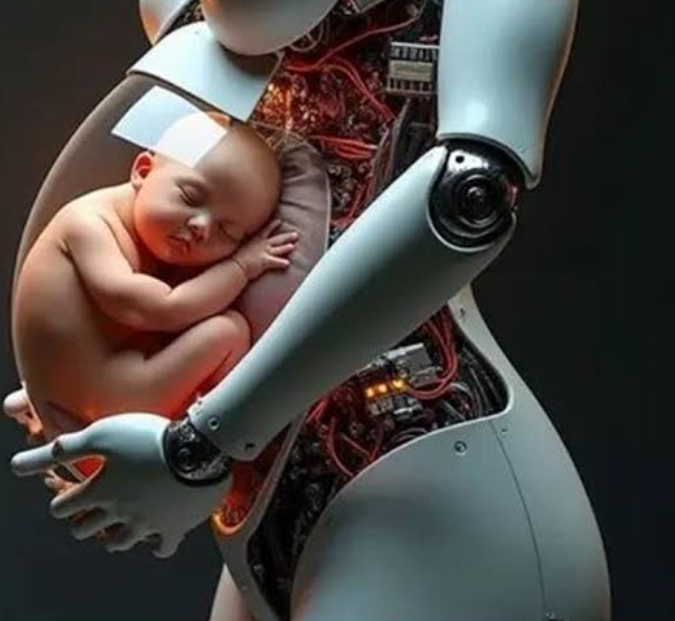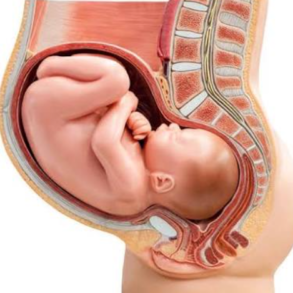China is preparing to unveil the world’s first humanoid pregnancy robot capable of hosting a fully functional artificial womb, marking what experts describe as a potential breakthrough in reproductive science.
The project, spearheaded by Kaiwa Technology in Guangzhou, was showcased at the World Robot Conference in Beijing. According to project lead Dr. Zhang Qifeng, the initiative has already achieved strong scientific foundations, with the next phase focusing on integrating the artificial womb into a humanoid robot for what is being termed “interactive pregnancy.”
Artificial womb technology is not entirely new. Scientists in the United States previously demonstrated its viability in 2017, when premature lambs were sustained for several weeks in fluid-filled “biobags” that mimicked the natural uterine environment. These systems used synthetic amniotic fluid and umbilical-like tubes to provide oxygen and nutrients.
What sets Kaiwa’s development apart is its ambition to create a robot that can manage the full process from fertilisation to delivery without requiring a human surrogate. The company believes this innovation could offer an affordable and scalable solution for couples struggling with infertility.
Industry reports suggest the technology could be commercially available as early as 2026, at an estimated cost of 100,000 yuan (about £11,000) significantly cheaper than conventional surrogacy arrangements.
Analysts say the development could disrupt the fertility industry, particularly in China, where infertility rates are rising, and demographic concerns have intensified following years of declining birth rates.
While the announcement has generated excitement within the scientific community, it has also raised ethical questions about the implications of outsourcing human gestation to machines. Critics argue that widespread adoption of such technology may challenge traditional notions of motherhood, family, and bioethics.
Kaiwa Technology has assured that further safety testing and regulatory reviews will precede the official rollout.
If successful, the invention could redefine reproductive healthcare globally, offering new options for couples unable to conceive and expanding the frontiers of artificial intelligence and biotechnology.








